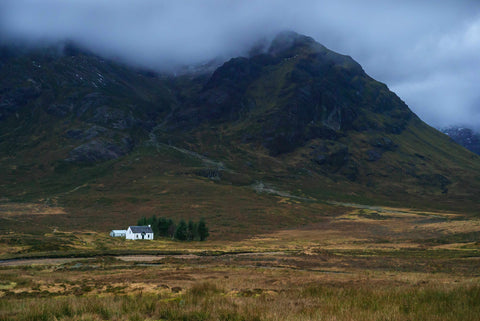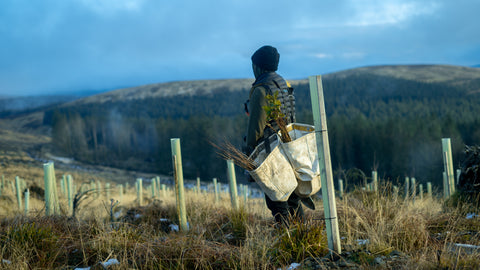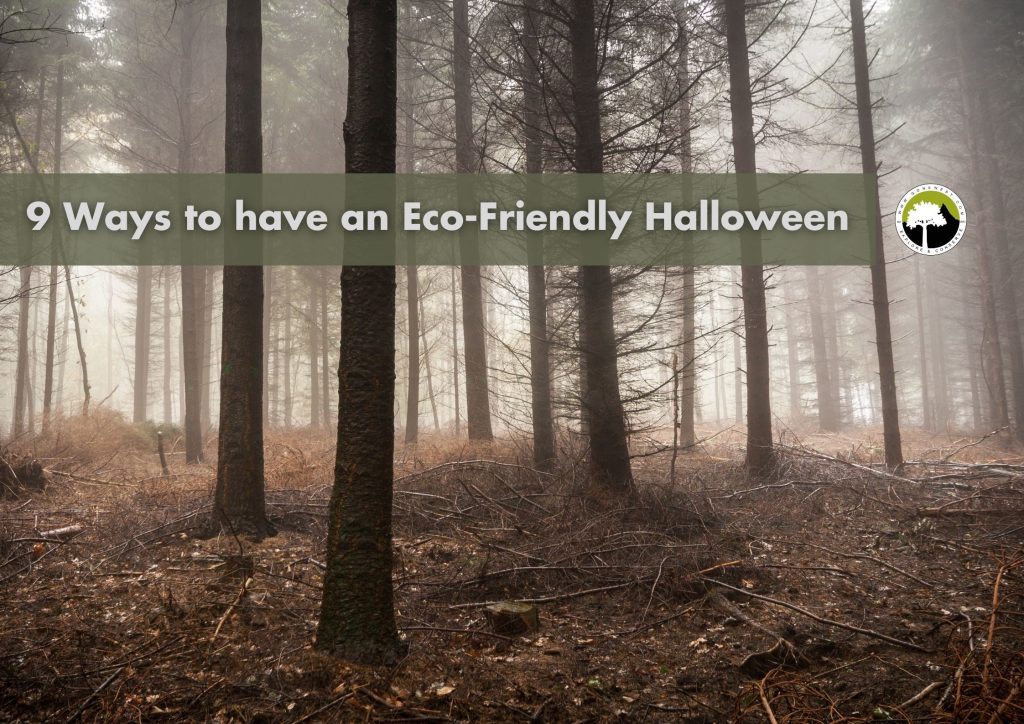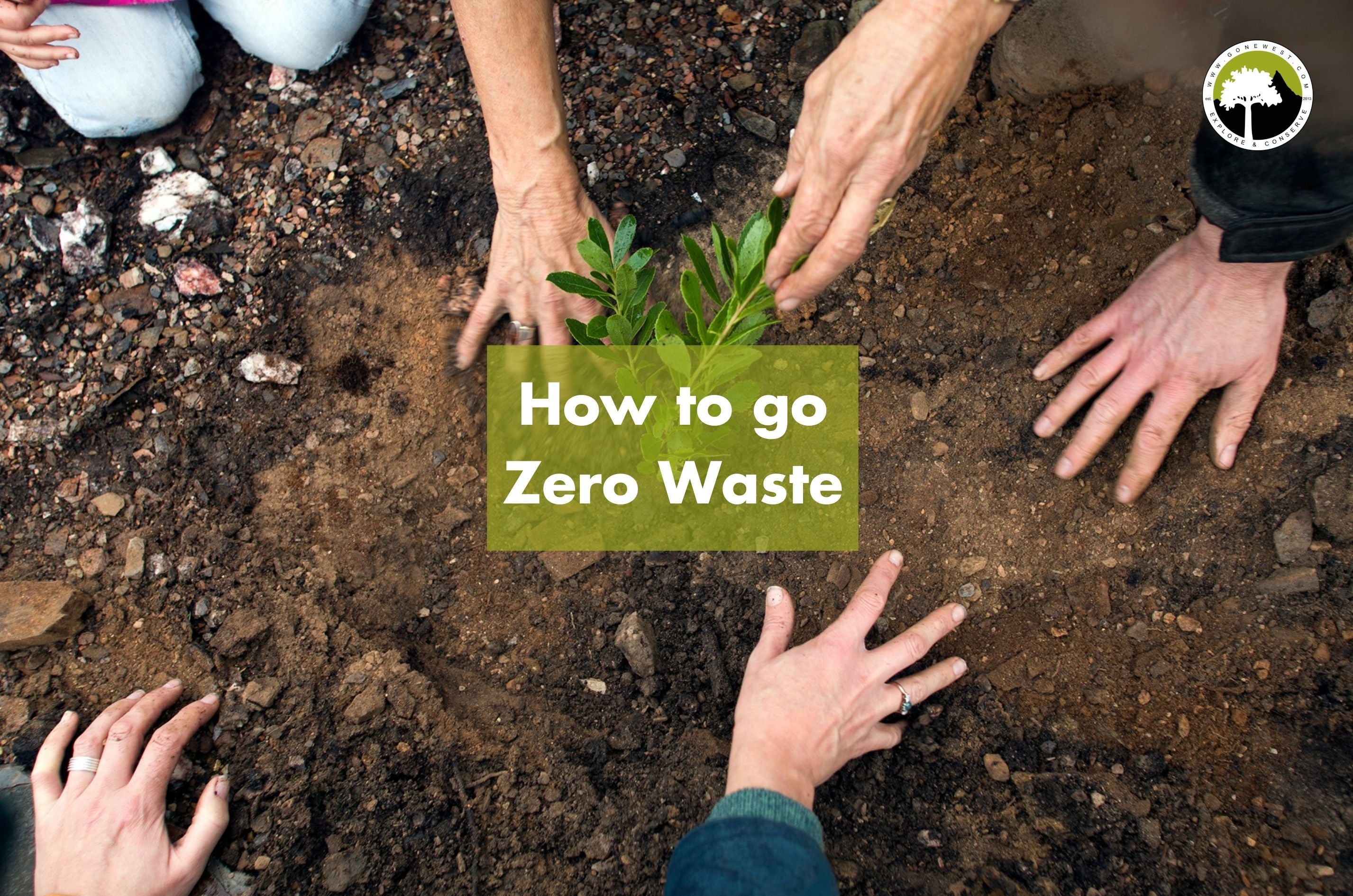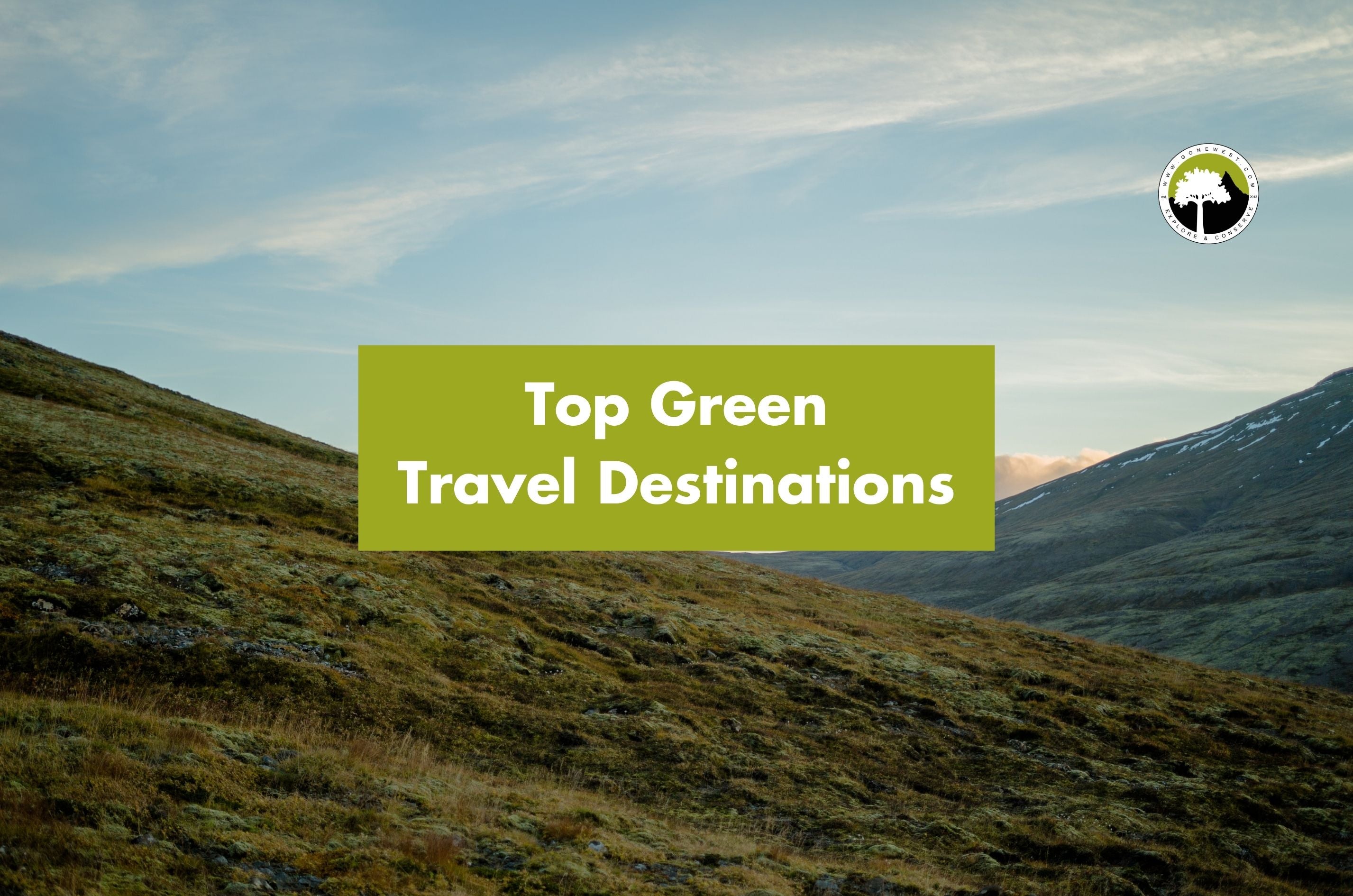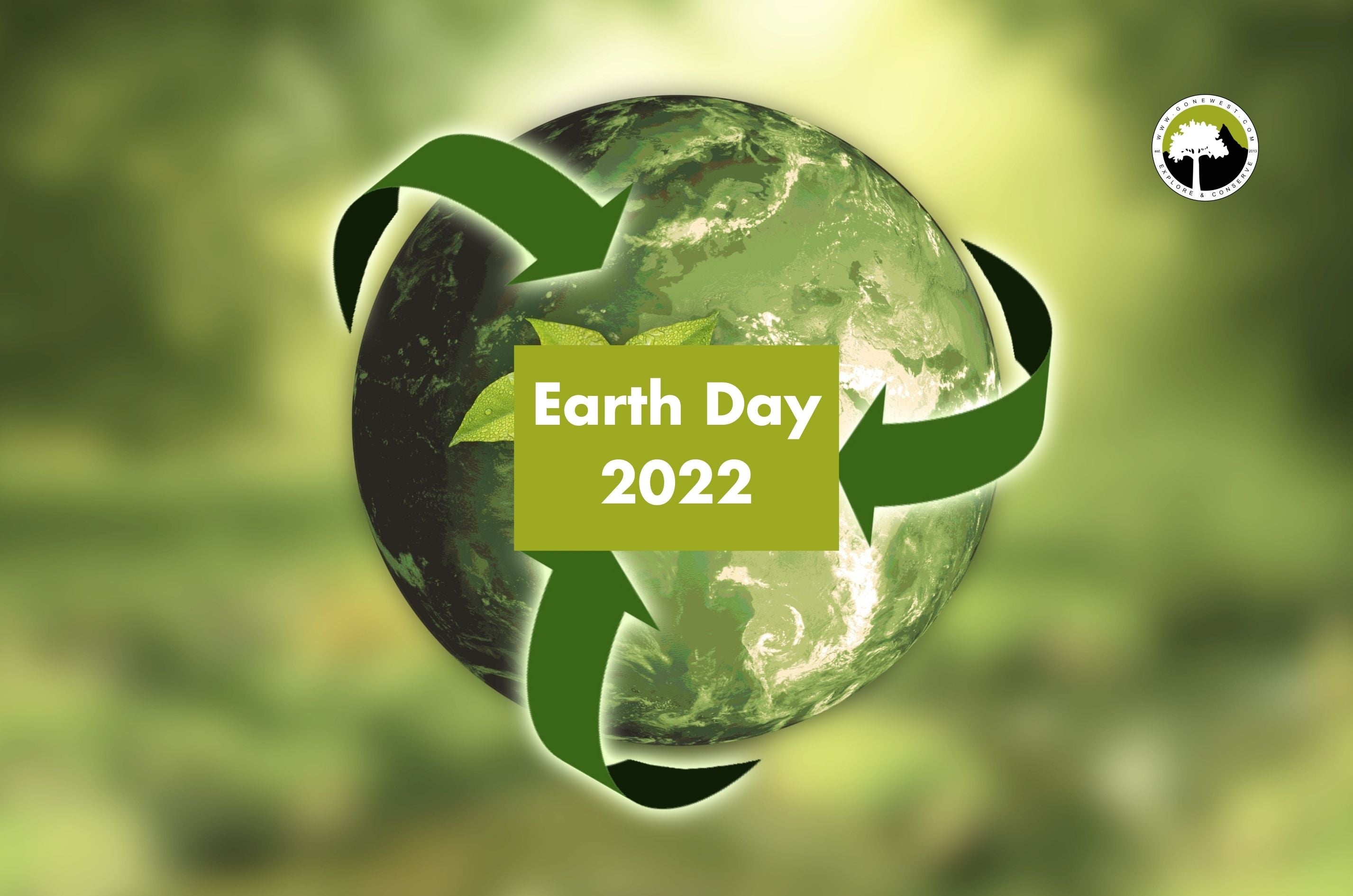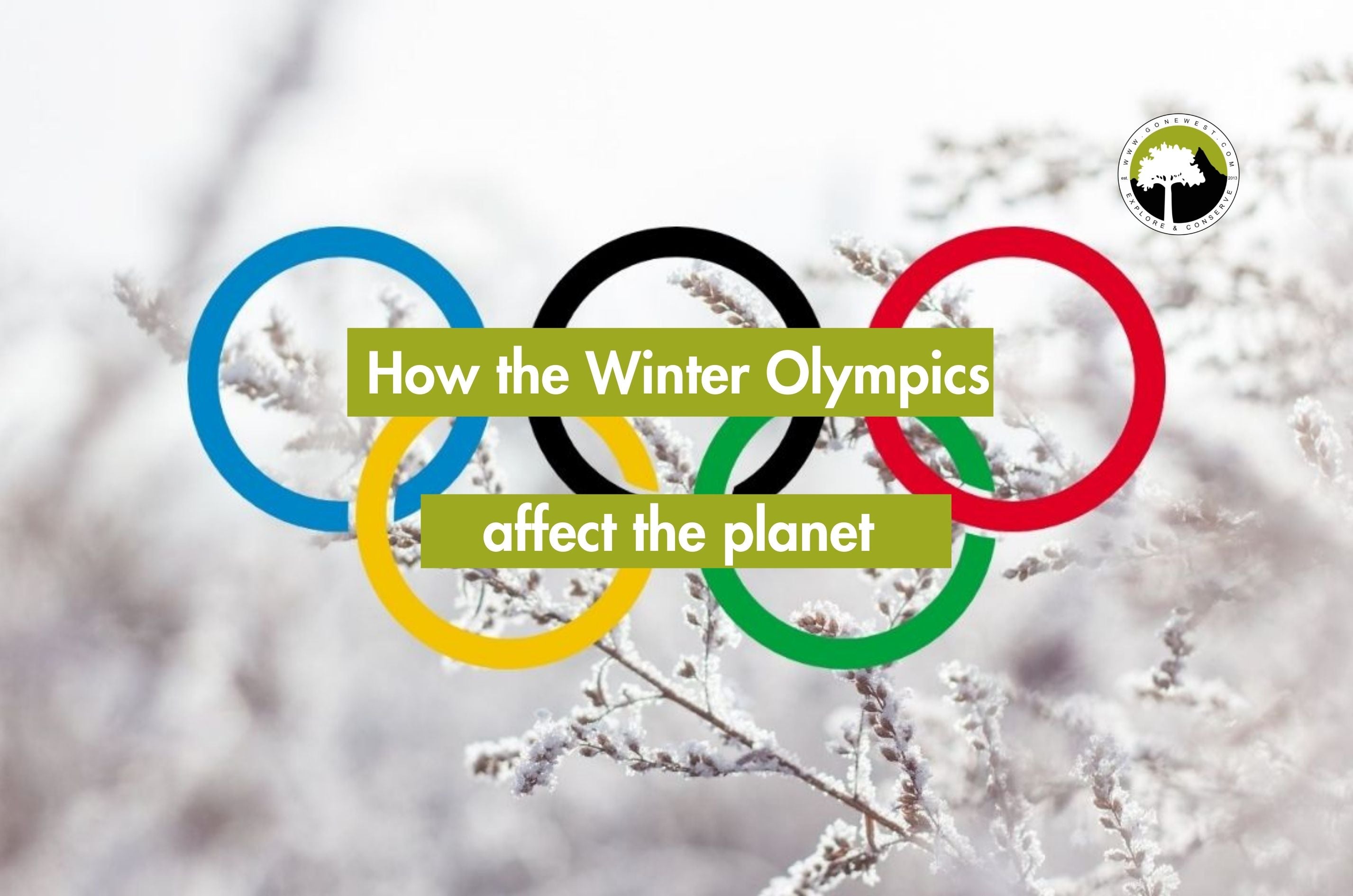The Glasgow Climate conference is almost upon us. Leaders from 196 countries will be meeting in Glasgow from October 31st to November 12th for a major climate conference. It is also known as COP26 UN Climate Change Conference and is hosted by the UK in partnership with Italy. The conference will take place at the Scottish Event Campus (SEC). At the event, world leaders are being asked to agree on a course of action to limit climate change and its effects; like rising sea levels and extreme weather.
A new report from UN scientists warns that global temperatures have risen faster since 1970 than at any point in the past 2,000 years. There will also be pressure on countries to keep raising their targets, not only with regard to cutting emissions, but in helping those communities and countries already affected by climate change.
What is the Climate Conference?
The summit is crucial if climate change is to be brought under control. It is the moment world leaders will discuss whether enough has been achieved since 2015’s landmark Paris climate agreement. This was the most important attempt so far to commit all the countries of the world to limit global warming.
They agreed to try to keep temperature increases “well below” 2C and to try to limit them to 1.5C. But many scientists say efforts have fallen far short and global warming could be set to reach 3C.
What could happen?
Countries are being asked to come together to create ambitious and achievable targets to help in the reduction of greenhouse gases emissions, which are the main factors behind global warming going into the atmosphere by the year 2030.
Not only will these countries be asked for their targets, they will be expected to show how they can achieve a net zero emission by the year 2050. This means the balance between the amount of greenhouse gasses which we produce and the amount which is removed from the atmosphere is equal.
Things likely to be discussed and proposed at the conference are:
- Ending the use of coal and fossil fuels all together
- Creating carbon sinks
- Stopping deforestation
- Switching to electric vehicles and power sources
- Investment in smart technologies which aide in reducing energy consumption
- Investing in renewable energy sources such as solar and wind energy
What is climate change?
Climate change describes a long-term change in the weather patterns and climate of our planet. World-renowned naturalist secretary-general, António Guterres, has warned the UN that Climate Change is ‘the biggest threat modern humans have ever faced’. The world has already warmed by about 1.2C since factories became widespread, and temperatures will keep rising unless governments take action.
With each year, the effects of climate change worsen and the time we have left to correct them shortens. It is no longer simply about improving our carbon footprint and our relationship with the climate, it’s about restoring the damage already done to our planet and ecosystems.
Since the onset of agriculture around 12,000 years ago, the number of trees worldwide has dropped by 46%. Today, approximately 15 billion trees are cut down each year. That’s 10 billion more being cut down than being planted.
In 2017, the changes in land uses, predominantly deforestation, contributed towards four billion tonnes of CO2 emission in the global total of 41 billion tonnes of CO2. That’s about 10%.
As trees grow, they absorb CO2 through their leaves and convert it into energy which they use to grow. So long as a tree lives, that carbon stays within it – and trees can live for decades, even centuries.
This means that the process of reforestation plays one of the most significant roles in the fight against climate change. Trees are primary sources of what are called ‘carbon sinks’. They act as natural traps of carbon, and in this process they reduce excess carbon in the atmosphere, reducing worldwide temperatures. It goes without saying that Gone West takes climate change very seriously. In the unfortunate chance that climate change is put on the back burner and no action is done, this will have some serious consequences for our Earth.
1st World vs Developing Countries
Climate finance is a big subject of debate that will happen at COP26. Vulnerable nations are least responsible for climate change, but often the most affected by its impacts.
The wealthiest nations have pledged $100bn (£720m) a year by 2020, to help poorer developing nations help in the fight of tackling climate change. But it has been reported that they have only managed around $79 billion of their targets.
Developing countries are expected to ask for further financial help in addition to the compensation for the effects it will have on them (such as buying and implementing the resources to help their countries deter away from fossil fuels). This funding is for these countries to help to fight and adapt to climate change. This money has mostly been in the form of loans that need to be paid back, rather than grants that do not. This is a major problem as these are already struggling nations in a lot of debt who dont have some of the means to pay back these loans.
The UKs stance on climate change
Proudly, the UK government announced a target in 2019 to announce a target of “net zero” carbon emissions by 2050. Being the first major nation to do so.
British Prime Minister Boris Johnson has taken an active stance on the fight of climate change. He warned the world’s rich countries that “history will judge”, at the UN general assembly in New York conference if they fail to act now to tackle the climate crisis.
It has been reported that Johnson also urged other developed countries to increase their contributions, to help meet the target of $100bn (£73bn) in climate financing set more than a decade ago.
Reportedly, adding to and increasing existing UK forest cover will help play an important part in accelerating the drawdown of carbon from the atmosphere and contributing towards the ‘net zero’ goal that the UK is committed to under the 2015 Paris Climate Agreement.
But shockingly, the UK is still one of the least-wooded countries in Europe. It has been called for the UK to double forest areas to help combat deforestation and aid in curbing climate change. Boris Johnson has stated that the UK is aiming to plant more than 30 million new trees every year by 2025.
Depressingly, it has been reported that despite the government incentives, the rates of new forests being planted remain stubbornly low in England.
If you are interested in donating a tree to help fight climate change please visit us here to help donate a tree near you.
What we can do to help as individuals
Now, we know a lot of the world’s climate issues are down to massive corporations and in the hands of world leaders and politicians, but we can still make a change on a personal level by starting to love and respect our planet by being aware of our carbon footprint. Below, we have listed some ways in which you help become an eco-warrior fighting against our battle with climate change.
Support Gone West in our fight against deforestation
At Gone West, we have several missions to help restore our world to its former green glory. Simply, we plant trees and help to create and restore forests. Forests help in absorbing carbon from the atmosphere and storing it, regulating global temperatures, and providing clean air. The list is endless.
On average, every human being produces 12 tonnes of CO2 per year. One tree is able to offset and store 1 tonne of CO2 in its lifetime.
One way in which you can help is by offsetting your carbon footprint with us. Visit our Offset Your Life page on our website.
Not only do we offer this, but we also pride ourselves in our Plant & Protect scheme. To plant and protect means to plant trees in respect to their environment and then put in place resources and workers to help protect and conserve these trees for the rest of their lifespan.
We have a lot of plant and protect projects currently undergoing this year if you would like to support these, check them out here.
Recycle
Try to buy reusable and biodegradable products as much as possible. Recycle everything if it is possible. There are also three essential words about the conservation of the environment to reduce, recycle, and reuse whenever possible. First, throwing out things such as batteries in the correct way or considering buying and using rechargeable batteries, as we know that batteries are dangerous for the environment, it is better to use rechargeable batteries.
Reduce Water Consumption
It is necessary to reduce the consumption of water. Even subtle things such as taking showers over baths or timing your showers can help go a long way. One big way to help is to purchase a reusable water bottle and refill at home or local sprouts instead of feeding into more plastic consumption.
Diet
A meat-free diet will reduce your carbon footprint massively, since it reduces greenhouse gas emissions, global acidification and eutrophication, farmland usage, and water consumption and thus help conserve more natural resources.
If you already are, this is a bonus, but if you are not, taking up a veggie/vegan diet while away can help offset your carbon footprint as meat and dairy account for 58% of emissions out of the total 26% of global emissions coming from food.
One way to help on your step to become more plant based/vegan is to buy supplements and powders from a supplement business. We recommended using MYVEGAN, not only are they Uk’s no one online based vegan nutrition brand, but they have joined with us to help offset their carbon footprint and planted over 1,200 trees with us.
Supporting Sustainable Businesses
When purchasing products, always go for the more eco-friendly options. Be careful to do your research as a lot of brands claim sustainability but actually mislead consumers. You can get an array of eco-friendly products from clothes brands; Ground Truth, beer brands like Hammer Beer, and even condiments such as Rubies in the Rubble.
Reduce The Use Of Electricity
Remember to always turn off items when you’re done using them and to make sure to plug the socket at the wall. Or, even better yet switch to smart home appliances. This means you can control the time and the length of time the electric is on for. Using energy saving light bulbs instead of normal etc.
That’s all for now. I hope you have enjoyed reading our blog. We hope there are some great announcements and aims agreed upon at the upcoming climate conference. Join our sustainable revolution to help save our natural world and our future by following us on Instagram and by subscribing to our monthly newsletter for updates.
Stay in the loop

